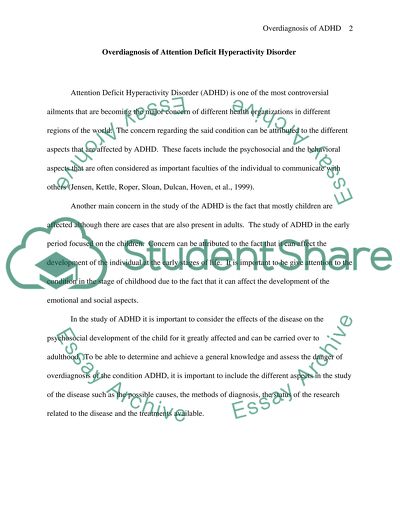Cite this document
(“Attention Deficit Hyperactivity Disorder Research Paper”, n.d.)
Attention Deficit Hyperactivity Disorder Research Paper. Retrieved from https://studentshare.org/health-sciences-medicine/1516568-attention-deficit-hyperactivity-disorder-master-essay
Attention Deficit Hyperactivity Disorder Research Paper. Retrieved from https://studentshare.org/health-sciences-medicine/1516568-attention-deficit-hyperactivity-disorder-master-essay
(Attention Deficit Hyperactivity Disorder Research Paper)
Attention Deficit Hyperactivity Disorder Research Paper. https://studentshare.org/health-sciences-medicine/1516568-attention-deficit-hyperactivity-disorder-master-essay.
Attention Deficit Hyperactivity Disorder Research Paper. https://studentshare.org/health-sciences-medicine/1516568-attention-deficit-hyperactivity-disorder-master-essay.
“Attention Deficit Hyperactivity Disorder Research Paper”, n.d. https://studentshare.org/health-sciences-medicine/1516568-attention-deficit-hyperactivity-disorder-master-essay.


